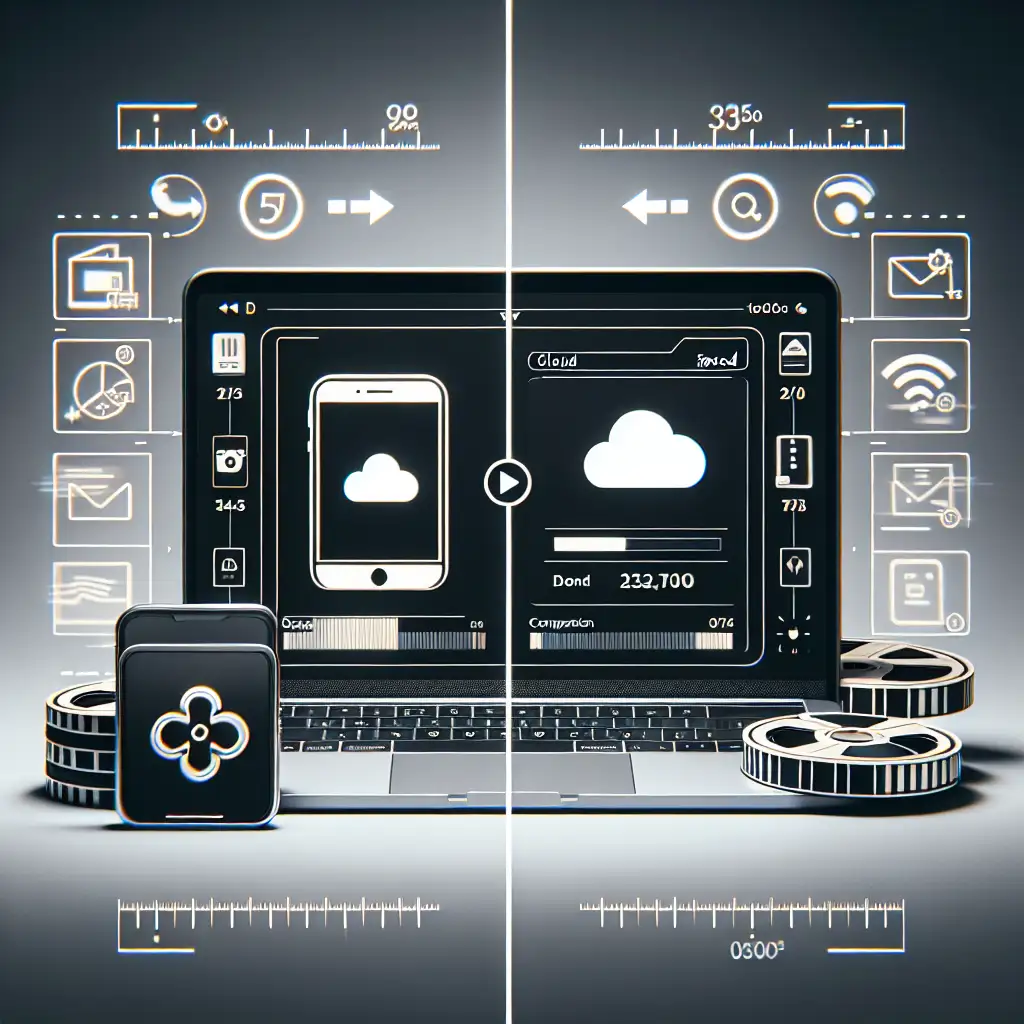Efficient Google Drive Access Across Platforms
Relying on Google Drive for file storage is standard practice—until you land on a new device or lose network connectivity. Slow access to vital documents isn’t just annoying; it’s a real productivity bottleneck in workflows spanning laptops, mobile devices, and unfamiliar terminals.
This guide jumps straight to pragmatic methods for seamless Drive access, illustrated with workflow details and platform-specific techniques.
Native Applications: The Fastest Path
Desktop: Google Drive for Desktop (v85.0+)
By far the most reliable route for daily-use machines. Installing Google Drive for Desktop creates a native sync folder (G:\ on Windows, /Volumes/GoogleDrive/ on macOS). File Explorer (Windows) and Finder (macOS) then expose cloud files as if they’re local, supporting large file transfers, mirroring, and offline access (be aware: full offline sync may balloon disk usage).
Install:
# Windows:
winget install Google.Drive
# macOS:
brew install --cask google-drive
Pro tip: Map only critical folders for offline sync to avoid drive exhaustion, especially on SSDs under 256GB.
Mobile: Google Drive App (Android/iOS)
The official app provides direct file uploads (camera and app integrations), and push notifications for edits or shares. On iOS, leverage the “Files” integration for Drive-as-storage-provider.
- Real-world usage: Configure Quick Actions on Android’s home screen (long-press the app icon) for direct scan/upload.
Browser Workflow Optimization
Persistent Browser Access
- Pinned Tab: Open
https://drive.google.com, right-click the tab, and select “Pin” for always-on-top access—even across browser restarts. - Chrome App (PWAs): For Chrome (v116+):
⋮ → More tools → Create shortcut → Open as window
This isolates Drive from your browsing session (no cookies, less distraction).
Example:
A data analyst might keep Drive opened in a stand-alone window for drag-and-drop CSV uploads directly from desktop exports.
Keyboard Shortcuts and Automation
Memorizing a handful of Google Drive shortcuts improves file creation and navigation substantially.
| Action | Shortcut |
|---|---|
| New Document | Shift + T |
| Go to Drive Home | G then D |
| Search within Drive | / |
Combine with global-launch utilities:
- macOS: Create an Automator Service—open a URL (Drive) with
Cmd+Ctrl+D. - Windows: Use AutoHotkey:
^!d::Run, https://drive.google.com/drive/my-drive
Integrations and Widgets
- Google Chrome Omnibox: Typing
drive.newimmediately spawns a new document in Drive. - iOS/Android Home Widgets: Recent file preview or direct upload tile (especially useful for receipt scanning on-the-fly).
- Alfred Workflow (Mac): Rapid search of Drive files via custom Alfred workflow scripts. Slightly brittle with multiple Google accounts—token refreshes can silently fail.
Automation: Zapier, IFTTT, and Shell
- Trigger file uploads or conversion workflows:
- Example: Automatically archive inbound PDFs from a monitored email inbox with Zapier.
rclonesupports mounting Google Drive as a virtual filesystem on Linux—minimal GUI overhead, ideal for servers or Raspberry Pi workflows.
Known issue:
rclone mount can cause aggressive API utilization—Google rate-limits can result in HTTP 403 errors if not throttled appropriately.
Handling Shared or Public Devices
Accessing Drive via incognito/private sessions is mandatory on untrusted terminals. Enable 2FA or security key login.
Procedure:
- Incognito browser → drive.google.com
- After use: Sign out, and clear browsing data.
- Never use “Stay signed in” when prompted.
If Drive Offline is preconfigured on your laptop:
- Files cached in Chrome’s IndexedDB remain accessible without internet.
- Security note: This is local-device only. On a shared computer, avoid enabling offline for privacy reasons.
Workflow Pitfalls and Suggestions
- Folder structure and starred documents vastly speed up internal searches. Don’t ignore Drive’s built-in “Priority” workspace—machine-learning powered, but occasionally misfires on relevance.
- Stay Signed In? On personally owned devices, yes—on shared or company hardware, reconsider.
- Periodic App Updates: Necessary to avoid sync errors like
Can’t connect to Google Drivein outdated clients.
Non-Obvious Tip
Run the following to launch Drive’s web app in application mode directly (Chrome):
chrome --app=https://drive.google.com/
Useful for kiosk setups or when providing Drive-only workstations.
Summary Table: Quick Access Methods
| Platform | Method | Speed | Security | Offline Support |
|---|---|---|---|---|
| Desktop | Google Drive for Desktop | High | High | Yes |
| Mobile | Official Google Drive App | High | High | Partial |
| Browser | Pinned Tab / Stand-alone Shortcut | High | Medium | No |
| Automation | Alfred, rclone, Hotkeys | High | Varies | Depends |
| Public | Incognito Browser | Med | High | No |
No method is flawless. Occasionally, Google’s authentication expires, or sync tools report ambiguous errors like:
Drive File Stream encountered a problem and has stopped.
Error: 'Failed to connect to drive.google.com'
Usually, a restart or app update resolves these. For edge cases, monitoring Google Workspace Status Dashboard is worth the 10-second detour.
Side note:
For tightly regulated environments (e.g., financial or government sectors), Google Drive access may be restricted by policy. Verify with IT before installing any synchronization tools.
Tip missing? Encountered friction? Sometimes a failure prompts the best workflow improvement—log it, fix it, automate.
